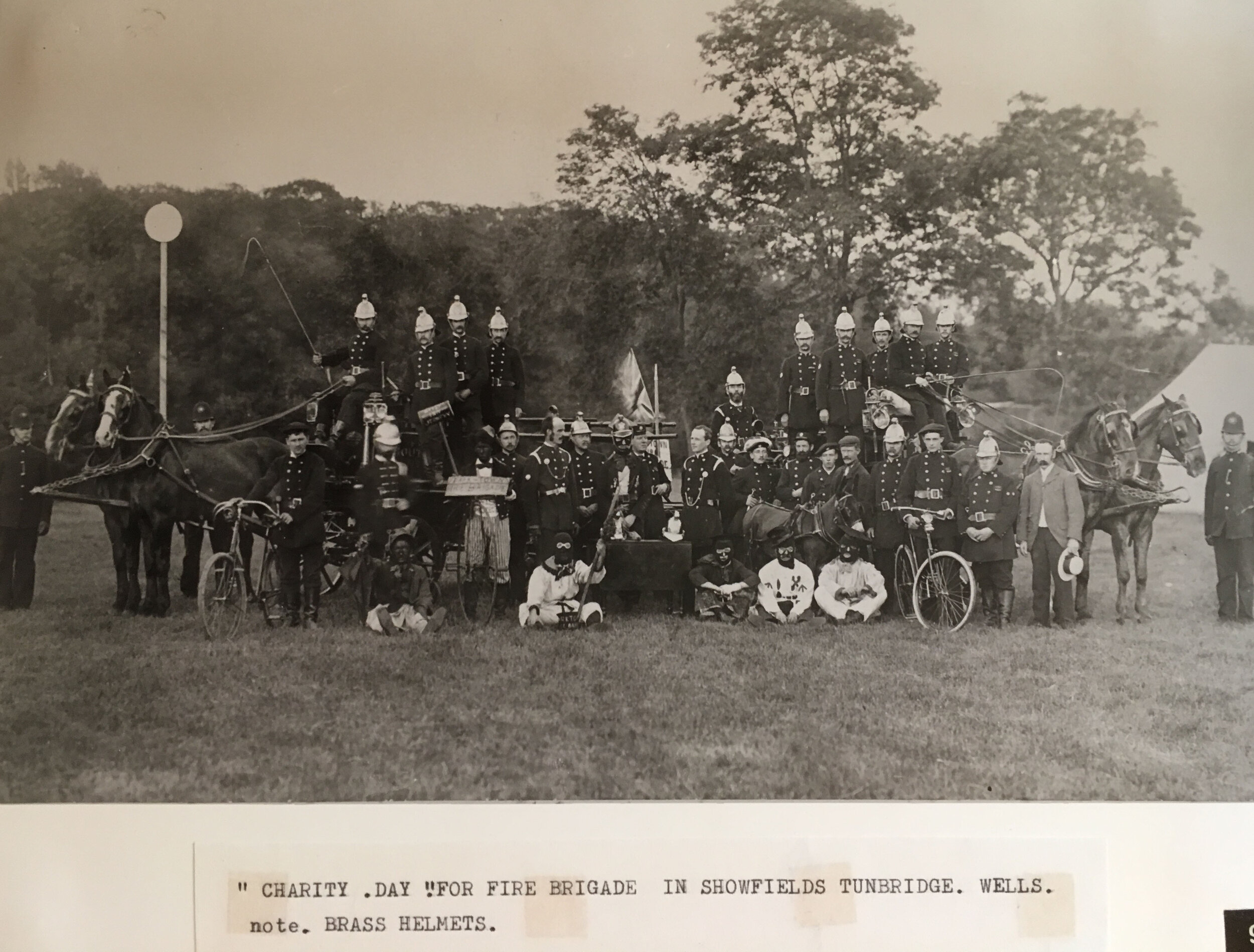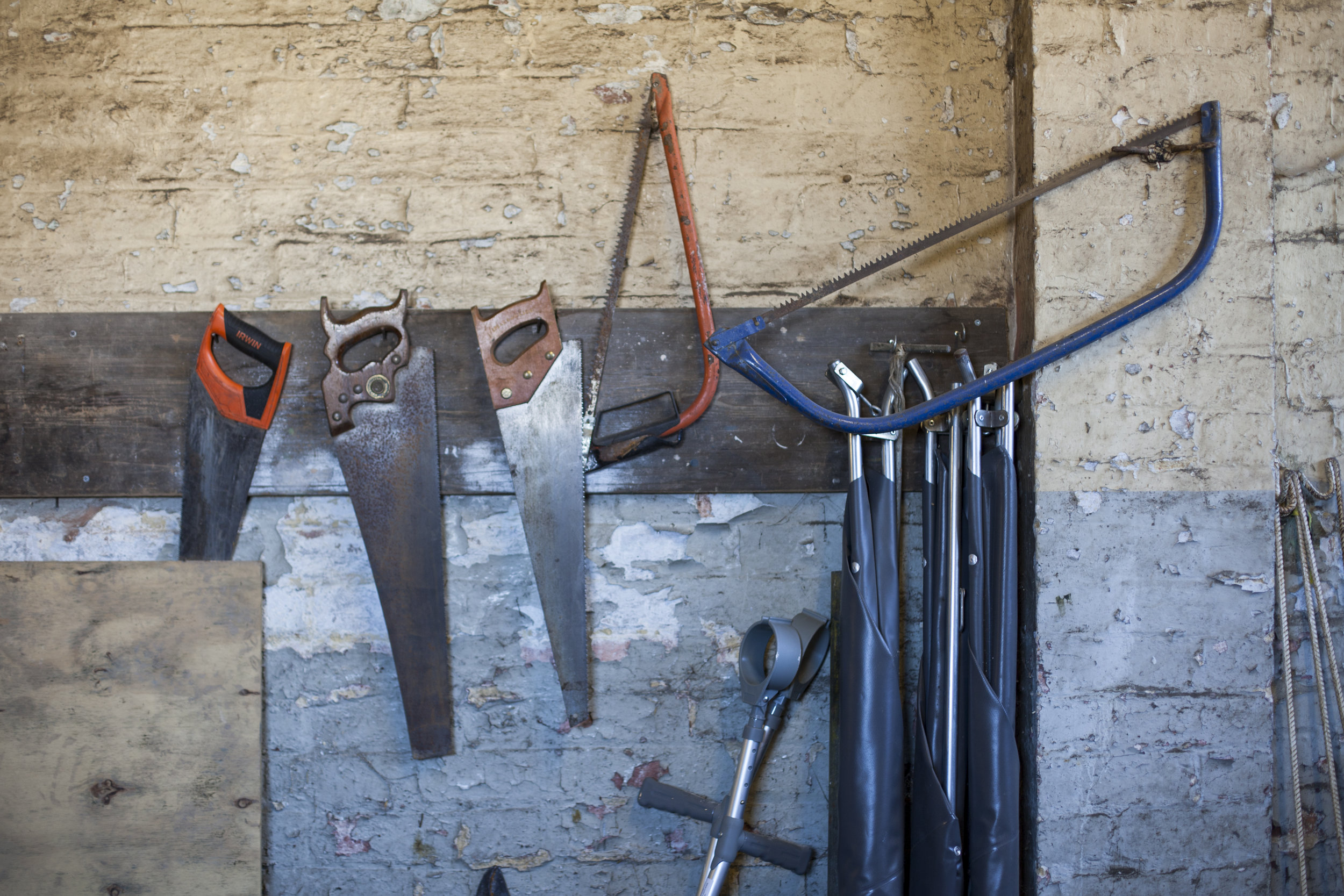Over the last year, in preparation for our digital archive, we have been trawling through the scans and we thought it would be interesting to take a look back at some highlights from our photographic competition since its inception in 2004. We also hope that this post serves as a reminder for you to enter your photographs for this year’s competition by the 30th of October! See details on how to enter here.
The competition started life as ‘Putting High Brooms and Southborough in the Picture’ and was later reinvented in 2009 as ‘Through the Lens’ as it now continues to be known.
The category of ‘Places’ has consistently received the highest number of entries in the competition and has recorded many recognisable/iconic views which clearly say ‘Southborough’. But the more changeable aspects of our town such as its people, the high street and its events tell us more about how our town has been transforming over time.
Below is a small selection of the entries from our archive, we hope you enjoy reminiscing!
The beauty of St Peter’s in snow, by Albert Dungate in 2009.
2019 student category winner, Freddie Knight, ‘St Peter’s Church Tower’.
The everyday, vernacular photography can tell us more about that point in time than images of well recognised buildings and beauty spots of Southborough. Shops that had been stalwarts of the high street have been photographed in their final days, as you can see from Howes, the Q8 Garage, Wisdoms, and the butchers. A particular highlight in Southborough was the passing of the Tour de France in 2007 which resulted in many entries documenting the peloton as it raced through our High Street.
The End of an Era: Howes of Southborough, 1953-2007 by Rita Scales.
Q8 Creations, London Road, 2007, by Bob Holly.
The Upholsterer: Michael Wisdom, 2006 by Peter Dillon.
Kevin Major: The Final Chop, 2008 by Fred Scales. Major & Sons was a family butcher, previously located on the corner of Western Road and Norton Road, now residential property.
‘A Bold Gendarme’, 2007, by Michael Tayler.
Blurred Colours of the Peloton: Tour de France, 8th July 2007, by Abu Subhan.
The Leaders Speeding Through: The Tour de France, 8th July, 2007 by Olywn Kinghorn.
Now gone: Horse Trough on Sceptre Hill, Southborough, 2013, by Rhys Kinghorn.
The people of Southborough and High Brooms have been sharing loads of fantastic photographs on Facebook, particularly throughout the lockdown period, so get your entries in now! Good luck!






















































